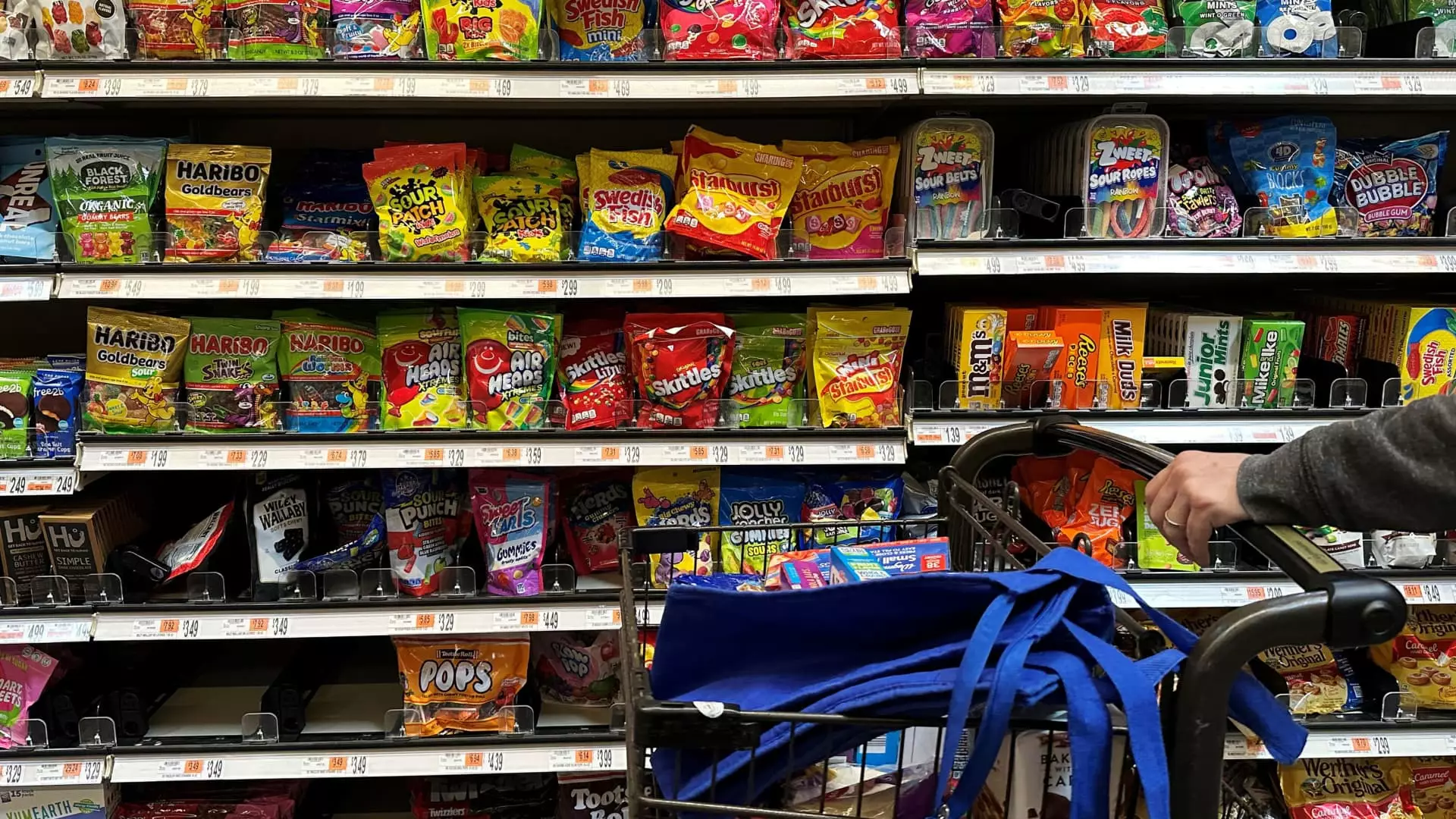The landscape of food colorants is about to be forever altered with the recent announcement from the FDA, which plans to phase out petroleum-based synthetic dyes by the end of next year. This bold directive comes at a time when public health advocates have long decried the overuse of such artificial ingredients in everyday products. The transition away from these synthetic dyes isn’t just a cosmetic change; it marks a significant step toward prioritizing the safety and health of children who have unknowingly consumed a toxic cocktail of chemicals for decades. The notion that something as purely aesthetic as food color could have been a silent contributor to health woes resonates deeply within the growing discourse centered on consumer safety.
A Surprising Backlash Against the Food Industry
Despite the food industry’s efforts to dismiss concerns about artificial dyes as being unfounded—arguing they lack scientific backing—they will now have to face the realities of both regulation and consumer sentiment. In recent years, public outcry against synthetic additives has grown louder, reminiscent of past public health victories like the ban on trans fats. Companies like PepsiCo and General Mills may find themselves colliding head-on with a consumer base that increasingly favors transparency and natural ingredients. The message is clear: businesses can no longer hide behind scientific jargon when public opinion is shifting toward safety and sustainability.
Incompleteness of the Transition
While the FDA’s announcement is undoubtedly commendable, it is crucial to recognize that eliminating artificial colors is not a panacea for America’s public health crisis. The complexities surrounding chronic diseases among children cannot be boiled down to a single ingredient. Yet, this move should be viewed as a foundational step in a broader campaign aimed at addressing health disparities exacerbated by the fast-food culture and processed food ubiquity that dominates supermarket aisles. Instead of viewing this phase-out as an endpoint, stakeholders must realize that it is merely a small piece of an intricate puzzle.
Revamping Recipes: A Costly Endeavor?
The adjustments required for food companies to transition to natural colorants will not come without challenges. While health advocates and FDA officials assure that prices won’t spike, the reality remains that natural ingredients often require significantly more volume to match the vibrancy of synthetic alternatives. Companies may initially see this as a cost-prohibitive endeavor, especially when trying to balance bottom lines with consumer expectations. Skeptics will argue that this change can backfire, diminishing the visual appeal of products that have relied heavily on eye-catching colors. However, aligning with natural alternatives could lead to long-term gains in brand loyalty as consumers begin to prioritize health over aesthetics.
The Role of the FDA in Public Health Policy
Recently under the scrutiny of public opinion and political agendas, the FDA’s decision-making process has drawn attention due to its connection to broader health initiatives promoted by figures like Health Secretary Robert F. Kennedy Jr. His commitment to reshaping federal health agencies seems to resonate with consumers tired of corporate obscurity in the food they consume. However, the rapid pace of these reforms raises questions about the integrity and thoroughness of the FDA’s other public health efforts, as its focus seems to narrow onto high-profile changes like dye removal while neglecting critical areas such as dairy safety inspections or chronic disease interventions.
Success Stories and Consumer Sentiments
While the FDA aims for a steady transition toward natural colorings, some companies have already begun making strides in this direction. Kraft Heinz’s 2015 reformulation of mac and cheese to use natural colors is particularly telling—despite initial pushback, the change aligned them with an emerging consumer ethic favoring less chemical-laden ingredients. This serves as a microcosm of the broader trend among manufacturers to prioritize reformulation in response to consumer demand, demonstrating a willingness to adapt for long-term benefits rather than maintain the status quo for short-term gain.
The Future of Food Manufacturing
As the FDA moves forward with plans to phase out synthetic dyes and monitors industry compliance, it is worth contemplating what the future of food manufacturing will look like. Will we truly see a radical transformation in how companies source and market their products? Or will we merely witness cosmetic changes designed to placate consumer criticism? The stakes are sky-high, as public health hangs in the balance. What is clear is that this initiative could prompt a ripple effect across other areas of food safety regulation that require equal attention and reform.
The FDA’s decision is not just a victory for health advocates but also a significant signal to food companies: prioritize consumer safety, or risk obsolescence. As the wheels of change begin to turn, how these companies adapt—and whether they truly embrace the spirit of these reforms—will shape the future of food consumption in America.

